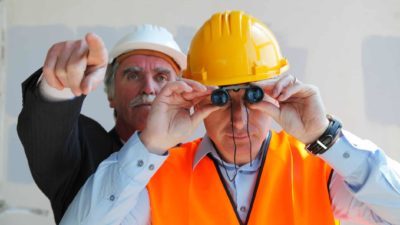The Sarytogan Graphite Ltd (ASX: SGA) share price has been an exceptionally strong performer on Tuesday.
In morning trade, the graphite explorer's shares rose as much as 43% to 43.5 cents.
The ASX graphite share has since dropped back a touch but remains up 25% at 38 cents.
Why is this ASX graphite share surging?
Investors have been buying Sarytogan Graphite's shares following the release of an update on metallurgical test work for the Sarytogan Graphite Deposit in Central Kazakhstan.
According to the release, a composite sample was blended from samples collected from six diamond drill holes. These comprise three from the Northern Graphite Zone and three from the Central Graphite Zone of the Sarytogan Graphite Deposit.
The composite sample was then subjected to metallurgical test work, which resulted in a graphite purity of 99.70% total graphitic carbon (TGC).
But it gets better! After combining alkaline roasting and chemical purification, the company achieved 99.87% TGC.
Management notes that these results are another step towards the company's strategy to target the rapidly growing battery anode materials market.
The product to support this strategy will be uncoated spherical graphite (USpG). This type of graphite currently trades at more than US$3,000 per tonne, which is approximately triple the price of traditional flake graphite products.
To achieve the specification of USpG, the Sarytogan concentrates will require milling to make spherical graphite balls of 5-20 micron in size and further purification to 99.95% TGC.
'Thrilled with this breakthrough'
Sarytogan Graphite's managing director, Sean Gregory, commented:
Sarytogan is thrilled with this breakthrough metallurgical result by our German laboratory partner Pro-Graphite. The graphite purities achieved are a significant step towards battery anode specification. Sarytogan's giant highgrade Mineral Resource is now complimented by its' premium micro-crystalline high-purity product, credentials that now elevate the project to be a potential answer to the world's projected battery anode material shortage.









